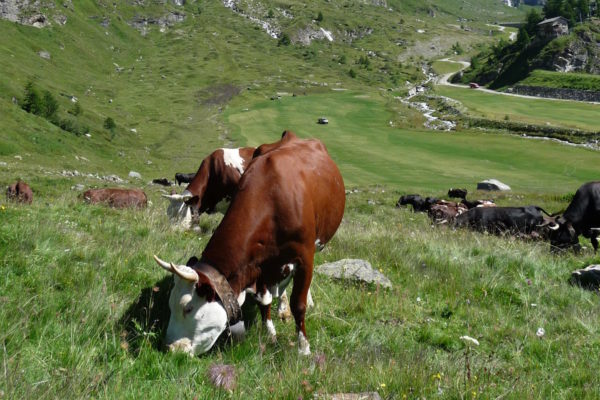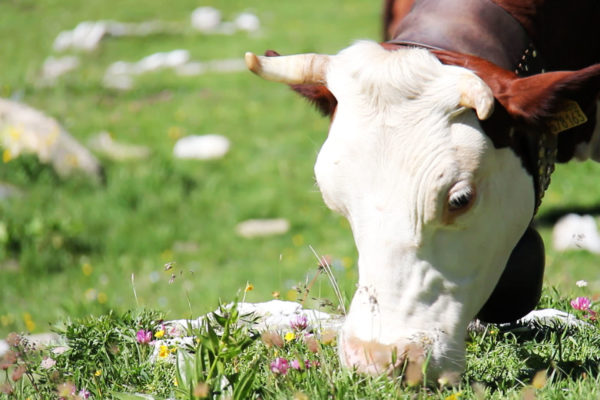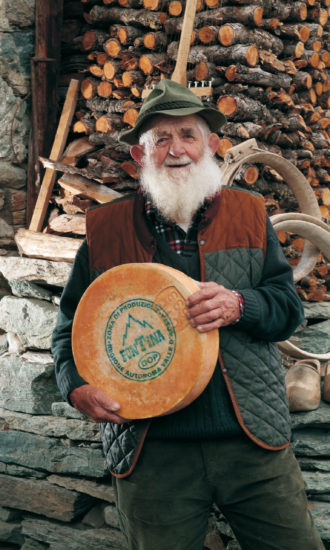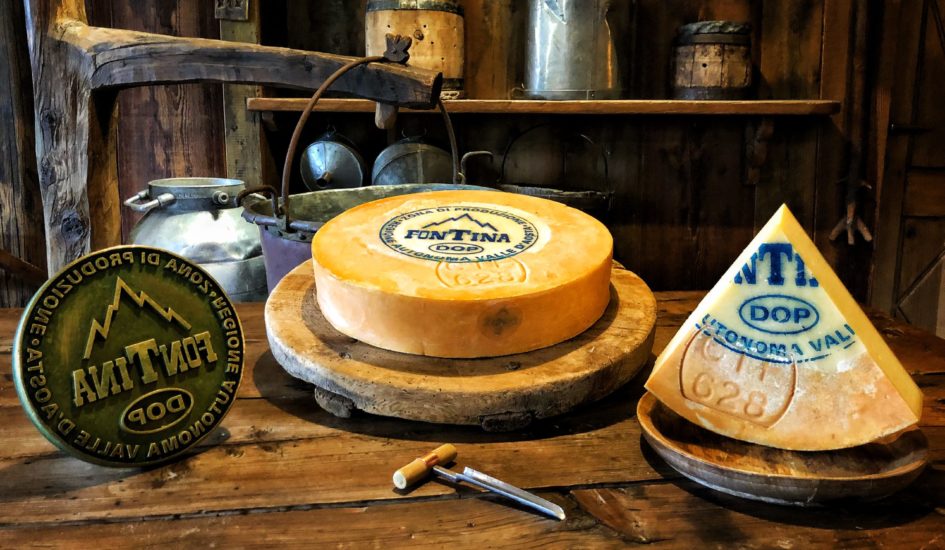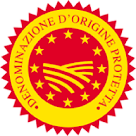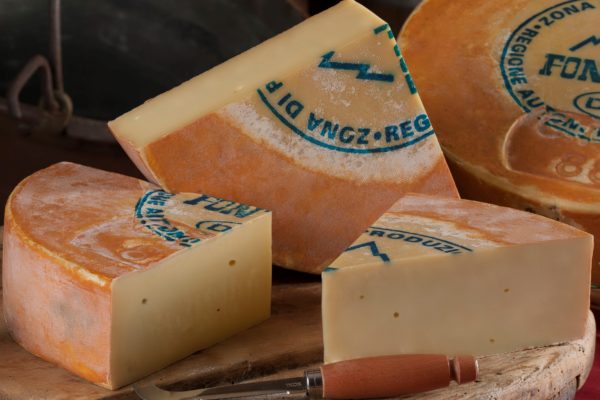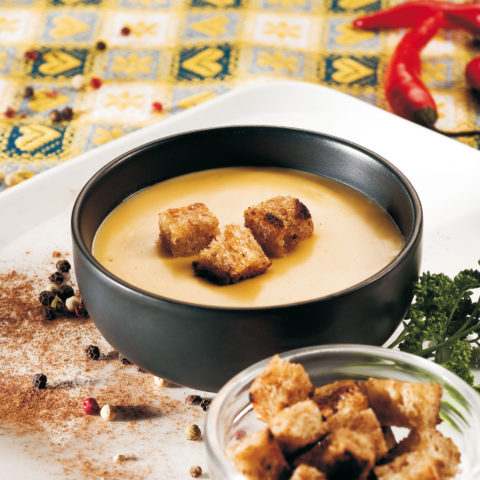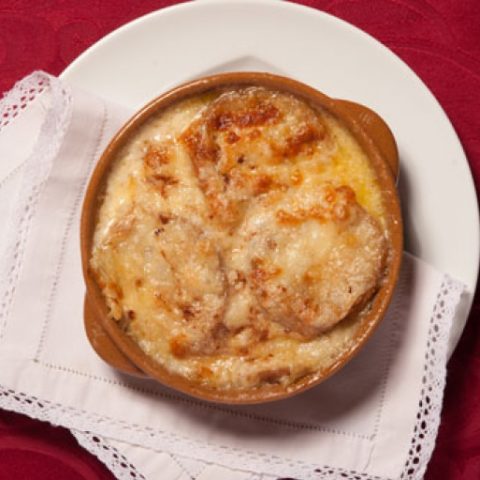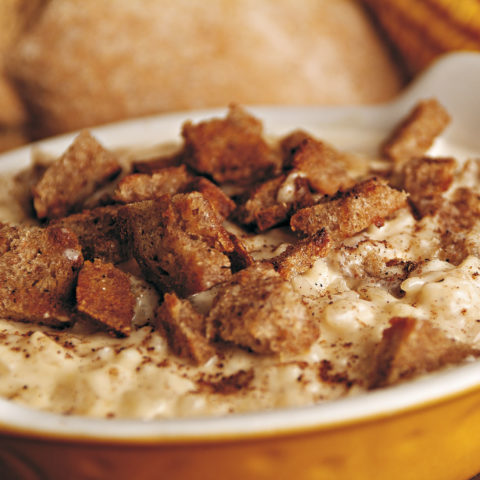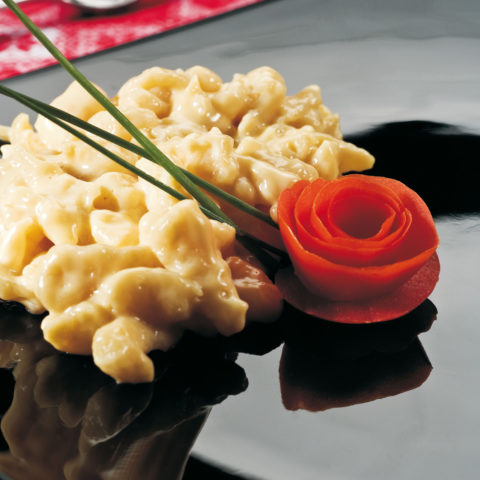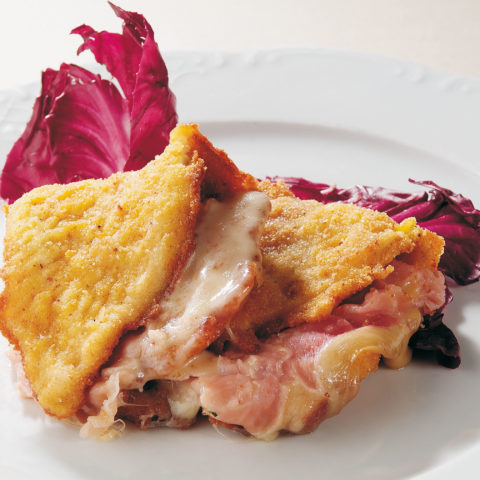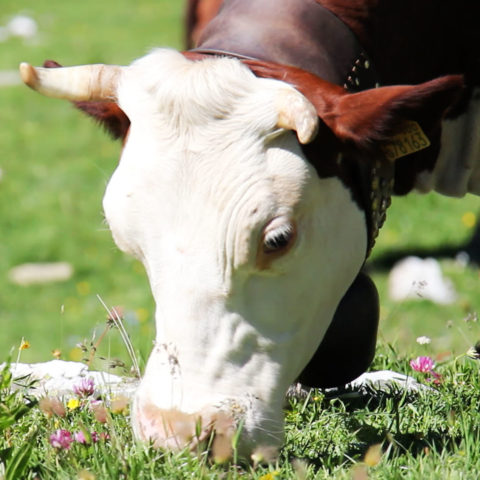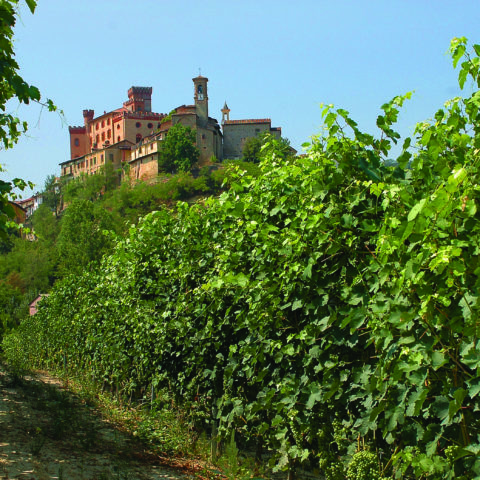History
The name Fontina appears to originate from a mountain pasture farms called Fontin, although it has also been linked to the village of Fontinaz. The name may also derive from the ancient French word “fontis” or “fondis”, indicating the cheese’s particular capacity to melt when heated.
It appears that Fontina was first mentioned in 1477, in the Summa Lacticinorum of Pantaleone di Confienza, a doctor from Vercelli; its earliest classification dates back to 1887, with “Le Fontine di Val d’Aosta”, in the annual report of the Experimental Station of the Lodi dairy factory. It was classified a second time in the 30s and 40s by the Italian Ministry of Agriculture and Forests, by the Alpine Experimental Station of Salice d’Ulzio and the Zootechnical-Dairy Institute of Turin, before the 1955 Presidential Decree granting it Controlled Denomination of Origin status. It wasn’t until 1957 that Giulio Angelo Negri first grouped together research carried out until then.
In the 60s, Italian agriculture, the animal husbandry and dairy industries experienced a veritable revolution. New processing and commercialization methods emerged in the dairy industry; local breeds were eliminated. However, not only was local production saved, it went from strength to strength thanks to dedicated research into quality and brands recognizing typical products.
In 1995 the European Union Commission granted Fontina Protected Designation of Origin, along with 6 other Italian cheeses.
